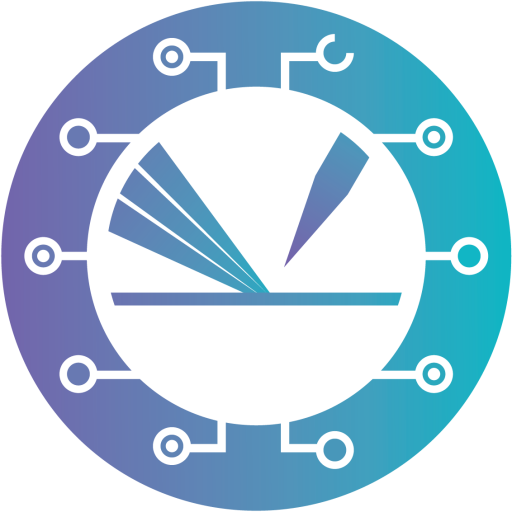Oliver Hofmann
TU Graz
Institute of Solid State Physics
Tuesday, 18th October 2022,16:00 s.t.
The talk will be given in hybrid mode.
You can either attend in physical presence:
TU Wien, Institute of Applied Physics,
Wiedner Hauptstraße 8-10, 1040 Vienna
Yellow Tower “B”, Seminar Room DB 05 B (5th floor)
Or you join via Zoom:
https://tuwien.zoom.us/j/94531271796?pwd=YjU3RDlrOFh4VHNHSk44S3NTU2tPQT09
Meeting ID: 945 3127 1796 Passcode: Kv2Zhr77

Applications of Machine Learning in Surface Science: Between Structure Search and Automated Experiments
The advent of so-called self-learning algorithms allows to both generate and analyze large amounts of computational or experimental data with unprecedented accuracy and speed. In the past years, this allowed us to study systems and problems in surface science that were hitherto intractable. In this work, I will give a brief introduction into the basic concepts of machine learning and then present three different applications that we pursue in my group.
The first and major part presents a method to determine the structure of inorganic/organic interfaces from first principles. With the ability to predict which structures form under which conditions, it is possible to (re)evaluate seminal experimental results. This allows us to directly extract relevant physics that govern charge-transfer at the interface. Furthermore, not only is it possible to predict which structures form under certain conditions; it is also possible to invert this problem, and predict – within limits, of course – which conditions are necessary to form structures with desired properties.
As second application, we demonstrate that we can “train” a scanning tunneling microscope to move a molecule across a surface to pre-selected points. The STM does not have any prior physical knowledge (apart from the shape of the molecule), but like in the previous application, a posteriori analysis of the machine-learning results allows us to extract relevant physics at the interface.
Finally, we discuss the potential of symbolic regression methods to automatically process large amount of data to obtain analytic relationships, i.e., explicit equations that model the underlying physics. We show that the quality of the results strongly depends on the fidelity of the dataset, and that there are cases where more data does not necessarily lead to better results.
